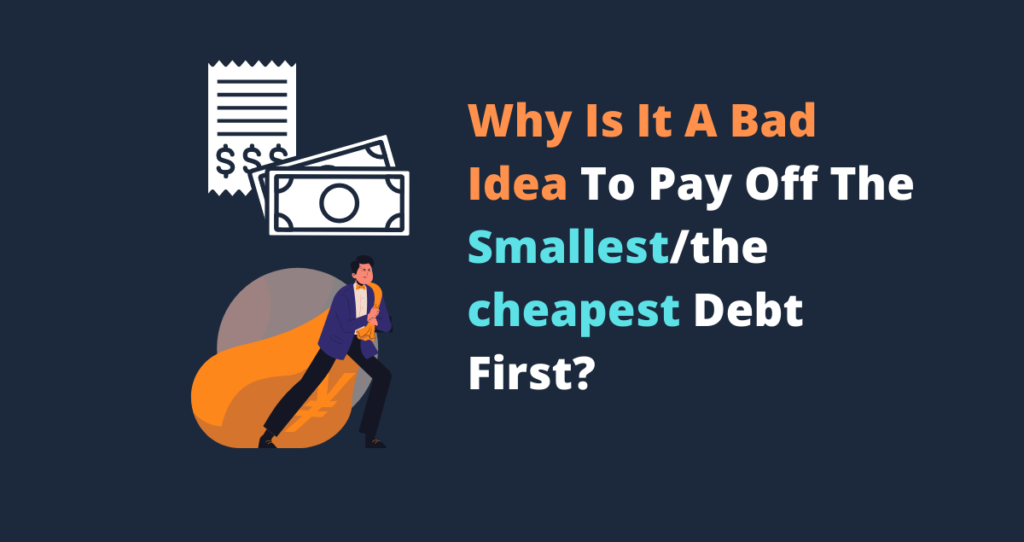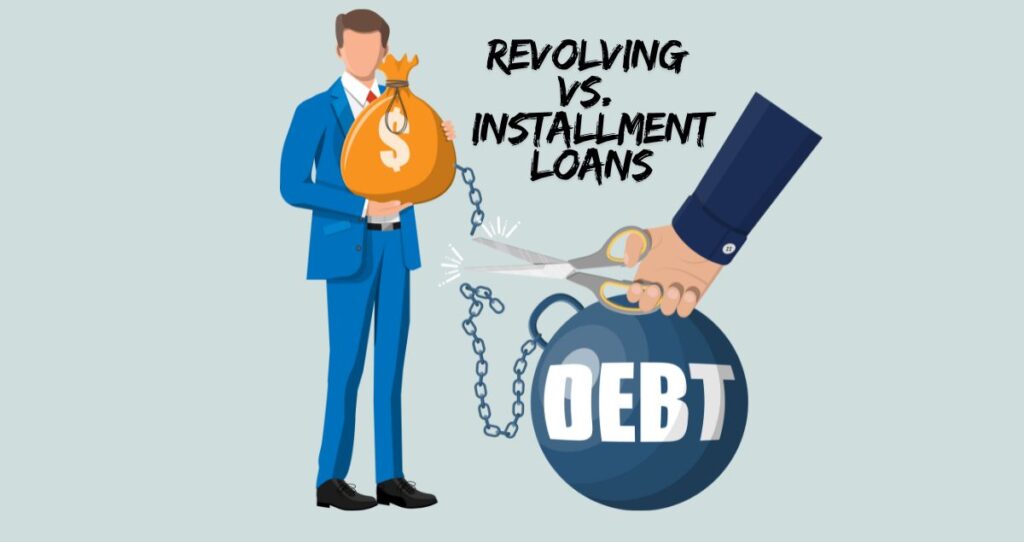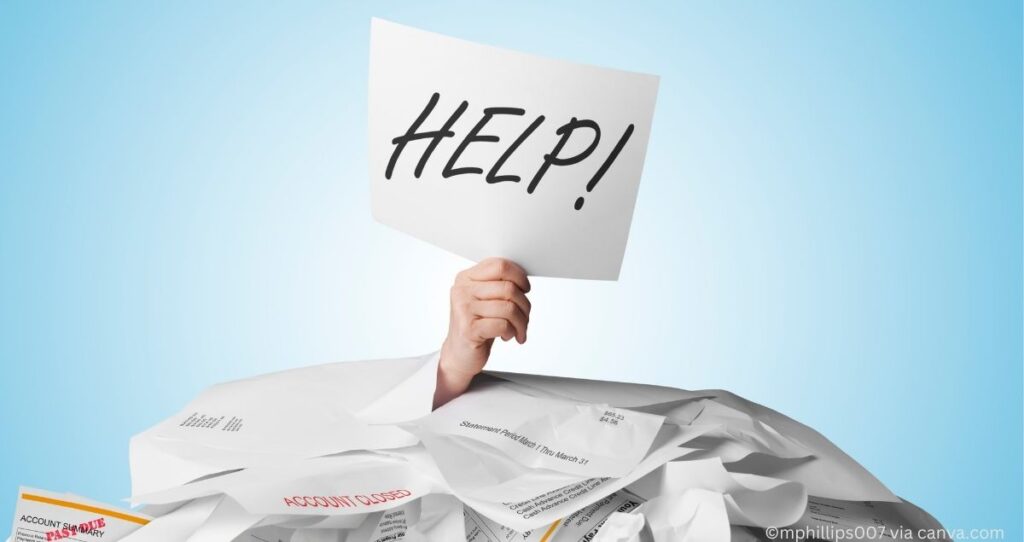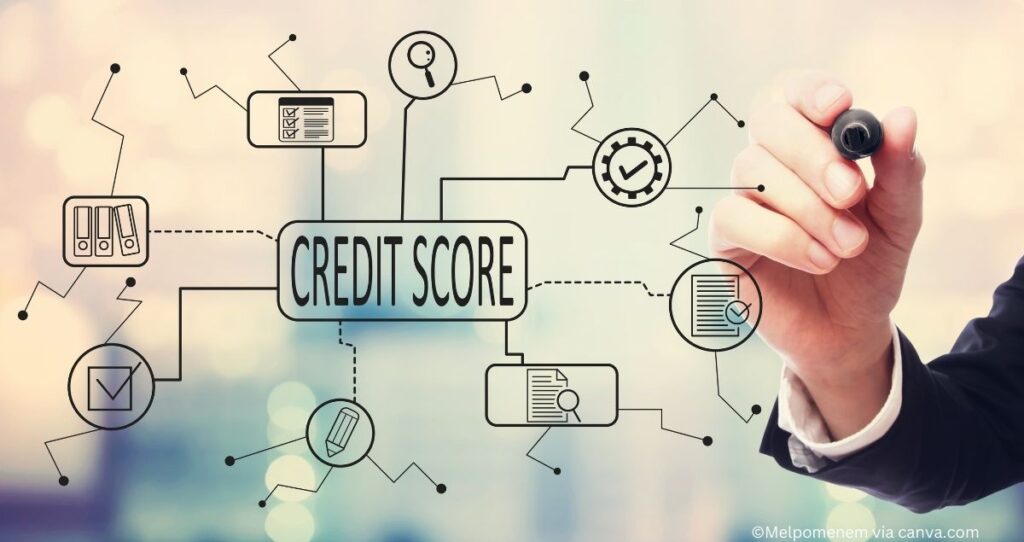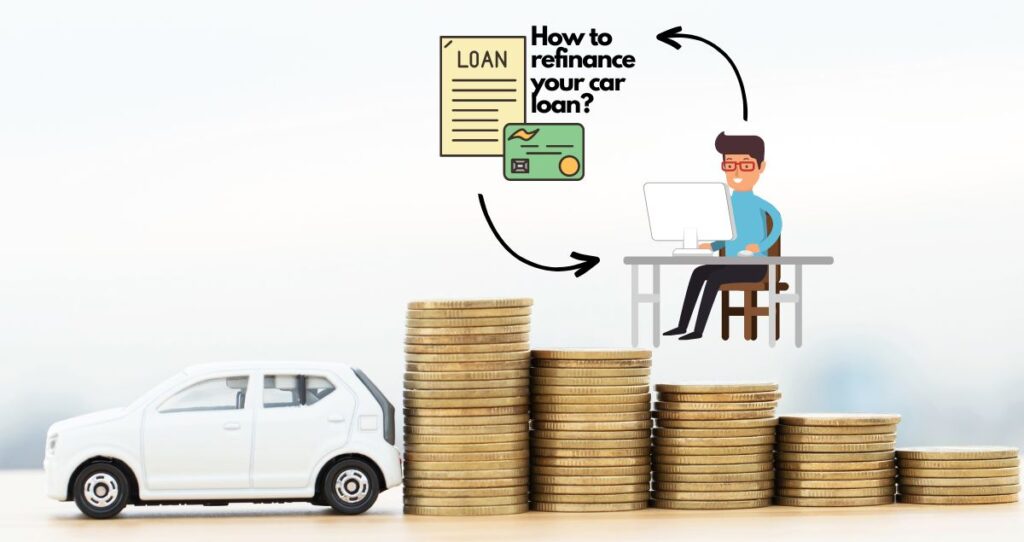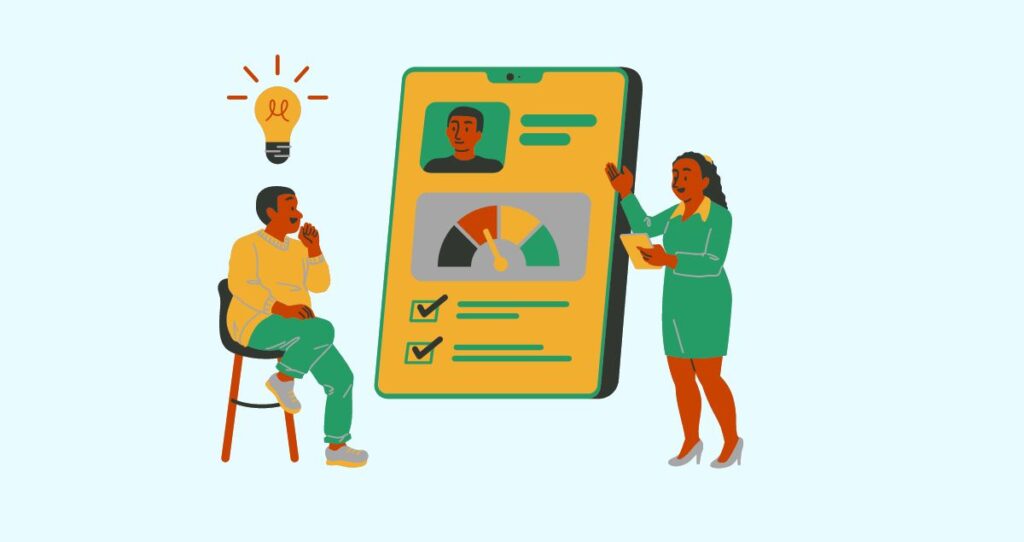Have you been struggling with debt for a while and have no idea how to pay it off? If that is the case, the debt avalanche method could be a good strategy for you.
I have been where you are and paying off debt was one of the hardest financial challenges I ever faced. Without a debt payment strategy, I had no idea what I was doing. My payments were all over the place which made it difficult to track. In the end, I was not consistent with my payments and that affected my progress negatively.
I did not make significant progress until I came across the debt avalanche method. From there, I decided to get out of debt and that was the best financial decision I ever made.
I have put together a comprehensive guide on how the debt avalanche method works so that you don’t have to go through what I went through.
This article is designed specifically to help you get started with the debt avalanche method. As long as you are serious about getting out of debt, nothing will stand between you and the life you deserve.
What is the debt avalanche method?
The debt avalanche method is an accelerated debt payment strategy that focuses more on debt with the highest interest rate. With this strategy, you allocate most of your payments on the debt with the highest interest rate while meeting the minimum requirements for other debts.
Debt avalanche lets you eliminate your debts one at a time starting with one that costs you more money in interest charges.
Once the debt with the highest interest is paid off, you then tackle the next one on the list. You continue with this process until all your debts are paid off.
This strategy is one of the most effective ways to pay off debt fast. However, it requires more discipline and consistency in payments to make it work.
The benefit of this strategy is that it helps you get rid of your debt much faster as you pay less money in interest rate. One reason people find it impossible to pay off their debts is due to higher interest rates. All of your debts come with interest but your income stays the same.
Eventually, it gets to a point where the interest rate grows your debt even if you make payments.
In order to prevent things from getting out of hand, you must take action. You need an aggressive debt payment method that has been proven to work and the debt avalanche method is that strategy.
Example of debt avalanche method
Let’s assume that you have the following debts and their corresponding interest rates. Your job is to pay them off using the debt avalanche method.
- Student loans: $50,000 at 3.5%
- Credit card debts: $5,000 at 17%
- Car loans: $20,000 at 3%
- Personal loans: $25,000 at 14%
Now let’s see how you can pay off these debts using the debt avalanche method.
Step 1: Organize your debts from the highest interest to the smallest
(1) Credit card debts ($5,000) at 17%
(2) Personal loans ($25,000) at 14%
(3) Student loans ($50,000) at 3.5%
(4) Car loans ($20,000) at 3%
After organizing these debts from the highest interest rate to the lowest, you can easily see which credit card debt has the highest interest. To pay off your debts using the debt avalanche method, you need to meet minimum monthly payments for each debt and concentrate all remaining money on credit card debts.
Step 2: Meet the minimum payment required for each debt except credit card debts. Then, allocate all other funds to credit card debts. Once your credit card debts are done, you will then move to the next debt.
Step 3: Now that we have no more credit card debts, you will switch your focus to personal loans while meeting the minimum requirement for other debts. After getting rid of personal loans, you will tackle the next debt on the list.
Step 4: By this time, all credit card debts and personal loans are paid off. So, will concentrate your effort on the next loan with a higher interest rate which is the student loan.
Step 5: After paying off student loans, you will have only one debt left which is a car loan. Since there are no more debts, all available funds will go to car loans.
There you have it!
That is how you can safely pay off the debts listed above using the debt avalanche method. Do you have a lot of debts you want to pay off but have no strategy or don’t know where to start? This debt payment is a winning technique that works all the time.
By getting rid of debt with the highest interest rate, you prevent your debts from growing which makes it easy to pay them off faster.
What are the benefits of the debt avalanche method?

The debt avalanche is probably the best way to pay off your debt. This method is aggressive and practical for those committed to getting out of debt. In order to succeed, consistency and discipline to stay on the right path come in handy.
The following are some of the benefits of paying off debt using the debt avalanche method.
- A chance to pay off debt faster: Debt becomes difficult to pay off when the interest rate is higher. That is why it is easy to pay off debt fast when you eliminate debt with the highest interest rate first.
- Saves you money in interest charges: A higher interest rate means that it is costing you a lot of money to borrow. That is why getting rid of debts with high interest saves you money.
What are the disadvantages of the debt avalanche method?
The debt avalanche is a very aggressive debit payment method. Only people who are serious about paying off their debts find this method practical and easy to apply. There is no motivation associated with this technique and large debts with high interest will take longer to pay them off.
The following are some of the disadvantages of the debt avalanche method.
- Requires commitment: You must be committed to putting every penny you have toward one debt while meeting the minimum requirements on other debts.
- Requires discipline: Not everyone is able to make a plan and stick to it for a very long time. Things can turn ugly down the load.
- Lack of motivation: There are people who like to celebrate small wins. One could have the motivation to pay off their debts from knowing that they knocked off a $300 credit card debt than a $2,000 they contributed on the student loans.
Is debt avalanche good for you?
The debt avalanche is one of the greatest debt payment techniques you can use. This strategy is practical for all levels of debt. However, it requires a high level of discipline and hard work.
That is you must be willing to do whatever it takes to pay off your debt even if you need to work two or three jobs.
The main question is: Is debt avalanche good for you?
The answer to this question will depend on the following:
- How bad you want to pay off your debt
- Your commitment to the plan
- How hard are you willing to work
- Your ability to give up a large sum of your paycheck so that your debts can be eliminated
- You need to be a person who does not need little motivation from small wins
If you have these qualities, then debt avalanche could be a great fit for you. Otherwise, you may find it difficult to apply this method.
What are the alternatives to the debt avalanche method?
If you cannot commit to the debt avalanche method, consider the alternatives. There is another method that works well for people who get motivated by small wins. This method is known as the debt snowball.
What is the debt snowball method?
The debt snowball method is a debt payment method where a borrower pays off the smallest debt first while meeting minimum payment requirements on other debts. Once the smallest debt is paid off, you then move to the next small debt until all your debts are paid off.
This debt payment strategy brings in quick results as small debts are easy to pay off. Small wins like these can be a good source of motivation to continue with this strategy.
The downside of this plan is that your debt can grow especially when your large debts have higher interest or compound interests. In addition, this strategy is not a quick way to pay off debt. Higher debts will keep your debts higher which will increase the time it will take to pay them off.
More debt tips
- Why is it a bad idea to pay off the smallest debt first?
- Struggling with debt? This is why people struggle with debt
- What happens to credit card debt after death?
- 11 tips to pay off debt fast and with ease
- How to pay off credit card debt? 10 tips I used
- The 50-30-20 budget rule and how to apply it
- 9 important steps to build a financial plan that works

